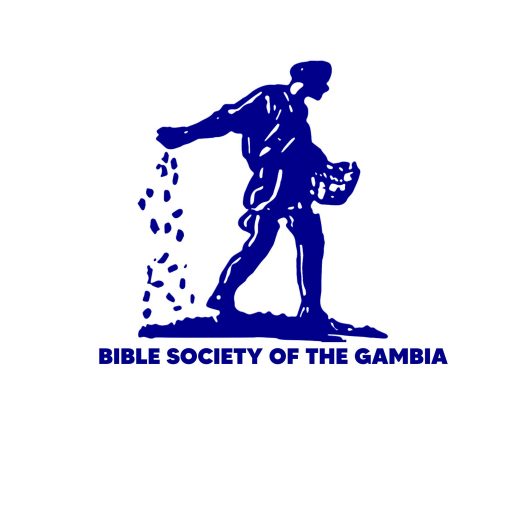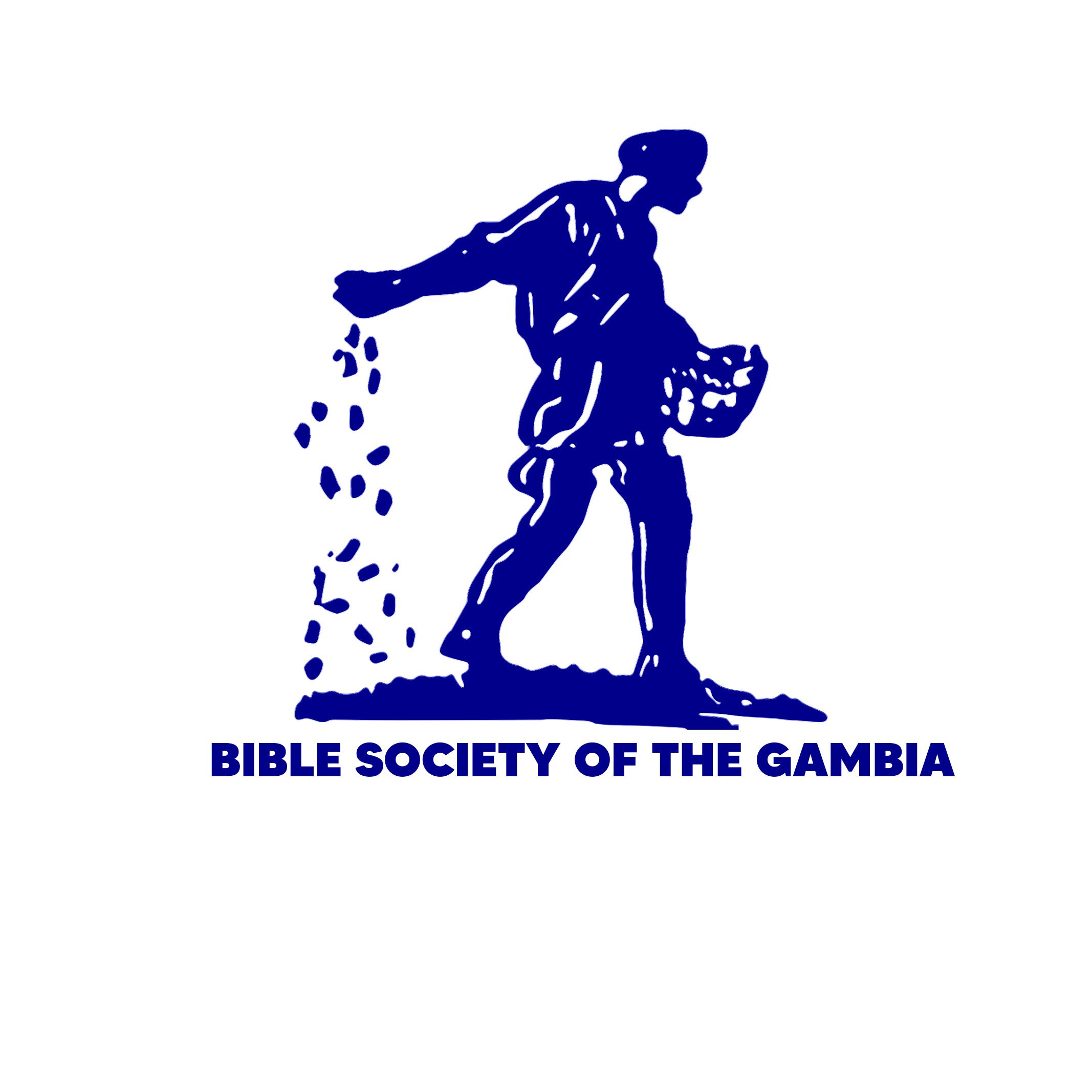The Stream Flowing from the Temple
1 The man took me back to the temple, where I saw a stream flowing from under the entrance. It began in the south part of the temple, where it ran past the altar and continued east through the courtyard.
2 We walked out of the temple area through the north gate and went around to the east gate. I saw the small stream of water flowing east from the south side of the gate.
3 The man walked east, then took out his measuring stick and measured 500 meters downstream. He told me to wade through the stream there, and the water came up to my ankles. 4 Then he measured another 500 meters downstream, and told me to wade through it there. The water came up to my knees. Another 500 meters downstream the water came up to my waist. 5 Another 500 meters downstream, the stream had become a river that could be crossed only by swimming. 6 The man said, “Ezekiel, son of man, pay attention to what you've seen.”
We walked to the riverbank, 7 where I saw dozens of trees on each side. 8 The man said:
This water flows eastward to the Jordan River valley and empties into the Dead Sea, where it turns the salt water into fresh water. 9 Wherever this water flows, there will be all kinds of animals and fish, because it will bring life and fresh water to the Dead Sea. 10 From En-Gedi to Eneglaim, people will fish in the sea and dry their nets along the coast. There will be as many kinds of fish in the Dead Sea as there are in the Mediterranean Sea. 11 But the marshes along the shore will remain salty, so that people can use the salt from them.
12 Fruit trees will grow all along this river and produce fresh fruit every month. The leaves will never dry out, because they will always have water from the stream that flows from the temple, and they will be used for healing people.
The Borders of the Land
13-14 The Lord God said to the people of Israel:
When the land is divided among the twelve tribes of Israel, the Joseph tribe will receive two shares. Divide the land equally, because I promised your ancestors that this land would someday belong to their descendants. These are the borders of the land:
15 The northern border will begin at the Mediterranean Sea, then continue eastward to Hethlon, to Lebo-Hamath, then across to Zedad, 16 Berothah, and Sibraim, which is on the border between the two kingdoms of Damascus and Hamath. The border will end at Hazer-Hatticon, which is on the border of Hauran. 17 So the northern border will run between the Mediterranean Sea and Hazar-Enon, which is on the border between Damascus and Hamath.
18 The eastern border will begin on the border between the two kingdoms of Hauran and Damascus. It will run south along the Jordan River, which separates the territories of Gilead and Israel, and it will end at the Dead Sea near the town of Tamar.
19 The southern border will begin at Tamar, then run southwest to the springs near Meribath-Kadesh. It will continue along the Egyptian Gorge and will end at the Mediterranean Sea.
20 The western border will run north along the Mediterranean Sea to a point just west of Lebo-Hamath.
21 That is the land to be divided among the tribes of Israel. 22 It will belong to the Israelites and to any foreigners living among them whose children were born in Israel. These foreigners must be treated like any other Israelite citizen, and they will receive 23 a share of the land given to the tribe where they live. I, the Lord God, have spoken.
Woyoo meŋ ka bo naŋ Batudulaa Buŋo to
1 Bituŋ kewo ye m murundi naŋ Batudulaa Buŋo* dundaŋ daa to. A fele, ŋa jiyo je, meŋ ka woyi naŋ ka bo naŋ Batudulaa Buŋo daakuŋo koto. A ka woyi ka taa tilibo karoo maafaŋo le la, Batudulaa Buŋo faŋo ñaa be tilindiŋ daameŋ na. Jiyo be woyi kaŋ naŋ wo dundaŋ daa le to bulubaa karoo la, a ka woyi naŋ ne ka tambi sadaajanidulaa* ye bulubaa karoo la. 2 Bituŋ a ye m bondi naŋ wo luwo to. M̀ fintita maraa karoo dundaŋ daa la. A ye m murundi naŋ dundaŋ daa la meŋ ñaa be tilindiŋ tiliboo la. A fele, ŋa a je jiyo meŋ ka woyi naŋ, a ka bo naŋ jee le to. A be woyi kaŋ naŋ ka bo a bulubaa karoo dundaŋ daa le to jee.
3 Kewo be taa kaŋ tilibo karoo maafaŋo la, woyoo daala waati meŋ na, a ye sumandirilaŋo taa, a ye sumandiroo ke. A ye nonkonkatiñaa wuli kiliŋ ne sumaŋ jee. Bituŋ a ye n samba ka duŋ woyoo kono. Jiyo naata fo n talikuloo to. 4 A ye nonkonkatiñaa wuli kiliŋ sumaŋ kotenke. A ye n samba ka taa ñaato jiyo kono. Jiyo naata fo a kaañanta n kumbaliŋo fee. Bituŋ a ye nonkonkatiñaa wuli kiliŋ sumaŋ kotenke. A ye n samba ka taa ñaato jiyo kono. Jiyo naata fo a kaañanta n tewo to. 5 A ye nonkonkatiñaa wuli kiliŋ sumaŋ kotenke. Jiyo naata diinoŋ fo labaŋo la m maŋ tambi noo, kaatu a jiyo siyaabaata le. A diinonta le fo hani i si newuŋ noo a kono, i te a teyi noo la i siŋo la. 6 Bituŋ kewo ko n ye ko, “Hadamadiŋo, koroosiroo ke kendeke.” Wo to le a ye m murundi naŋ ka bo jiyo kono ka naa boloŋo daala.
7 Kabiriŋ m be muruŋ kaŋ, a fele, ŋa yirisuŋ jamaa le je boloŋo dandaŋo kara fuloo bee la. 8 Kewo ko n ye le ko, “Ñiŋ jiyo le be woyi kaŋ ka taa tilibo karoo la. A be woyi la le ka taa fo Araba* Wulumbaŋo to. Ka bo jee, a ye woyi fo Koojii Baa to. Niŋ a dunta Koojii Baa kono doroŋ, a jiyo be yelema la jiisewo le ti. 9 Niŋ ñiŋ jiyo futata daa-wo-daa, daafeŋolu niŋ ñee siifaa jamaalu be tara la jee. Kaatu ñiŋ jiyo le ka woyi, ka wo koo jiyo yelemandi jiisewo ti. Niŋ ñiŋ jiyo futata daa-wo-daa, a be baluwo le naati la jee. 10 Ka bo naŋ Eni-Kedi ka taa fo Eni-Ekilayimu, jalafayilaalu be loo la baa kankuŋo la le ka jaloo fayi, aduŋ ì be ì la jaloolu jaa la jee le to. Kaatu ñee siifaa jamaa le be tara la wo baa kono, ko a be Baa Baa* kono ñaameŋ. 11 Bari jiyo meŋ be lewo kono baa daala, te yelema la jiisewo ti. Wo be tu la a la koojiiyaa le to, fo moolu si koo soto noo jee. 12 Baa kara fuloo bee la, yirisuŋ siifaa jamaa le be faliŋ na jee. Aduŋ a yiroolu la diŋ waatoo nene te sawuŋ na ì la, ka ke moolu ye domotaa ti, a jamboolu nene te noro la. Ì be tu la diŋ na le kari-wo-kari, kaatu wo jiyo be woyi la naŋ ne ka bo naŋ dulaa senuŋo to. Ì yiridiŋolu be ke la domotaa le ti, ì jamboolu ye ke ì ye booroo ti.”
Banisirayila bankoo naanewolu
13 Maarii Yaawe ye ñiŋ ne fo n ye ko: “Niŋ ali be bankoo talaa la Banisirayila lasili taŋ niŋ fuloo teema, ka ke ì ye keetaafeŋo ti, a talaañaa aniŋ a naanewolu ñanta ke la teŋ ne: Yusufa lasiloo ñanta siidulaa fula le soto la. 14 Wo lasili toomaalu bee ñanta kaañaŋ na talaaroo to le. Baawo ŋa n kali ali mumuñolu ye le ko, m be ñiŋ bankoo dii la ì la le, ì niŋ ì koomalankoolu, wo le ye a tinna a be ke la ali ye keetaafeŋo ti.
15 “Ñiŋ ne mu maraa karoo naanewo ti: A datita Baa Baa* le to, ka tambi Hetiloni niŋ Lebo-Hamati la, ka taa fo Sedadi saatewo to. 16 Ka bo jee, a ye taa niŋ Berota niŋ Siburayimu la, mennu be Damasiku niŋ Hamati naanewolu teema. A ye tambi Haseri-Hatikoni la ka taa Hawurani naanewo daala. 17 Naanewo meŋ be maraa karoo la, a datita Baa Baa le to. A tambita fo Hasari-Enoni la, meŋ be Damasiku niŋ Hamati naanewo ye maraa karoo la. Wo le be ke la Banisirayila bankoo maraa karoo naanewo ti.
18 “Ñiŋ ne mu Banisirayila bankoo tilibo karoo naanewo ti meŋ datita Hawurani niŋ Damasiku teema, ka duŋ niŋ Yoridani Boloŋo la, Kileyadi tundoo niŋ Banisirayila bankoo teema. Ì wo naanewo le taata fo Koojii Baa to. Ka bo jee, a taata le fo Tamari. Wo le be ke la Banisirayila bankoo tilibo karoo naanewo ti.
19 “Ñiŋ ne mu bulubaa karoo naanewo ti: A be dati la Tamari le, a ye taa fo Meriba Woyoo to meŋ be Kadesi maafaŋo la. Ka bo jee, a ye duŋ Misira Wulumbaŋo la, a ye taa fo Baa Baa daala, wo le be ke la Banisirayila bankoo bulubaa karoo naanewo ti.
20 “Ñiŋ ne mu tilijii karoo naanewo ti: Wo naanewo be ke la Baa Baa le ti. Naanewo taata niŋ Baa Baa le la ka taa fo maraa karoo naanewo datita daameŋ tilijii karoo la, Lebo-Hamati ye tara a ye tilibo karoo la.
21 “Ñiŋ ne be ke la wo bankoo ti ali be meŋ talaa la Banisirayila lasiloolu teema. Ì bee be ì niyo soto la jee le. 22 Niŋ ali ye a talaa niŋ alikuuroo* la, lasiloo bee niyo le be ke la ì ye keetaafeŋo ti, aniŋ luntaŋolu mennu be sabatiriŋ ali kono, aniŋ ì ye diŋolu mennu wuluu ali kono. Ali be ì muta la le ko Banisirayila bankudiŋolu. Ì ñanta ì niyo soto la Banisirayilankoolu la keetaafeŋolu to le. 23 Luntaŋ-wo-luntaŋ be sabatiriŋ lasili-wo-lasili kono, ì ñanta ì niyo soto la wo lasili moolu le bulu, ì niŋ mennu be siiriŋ.” Maarii Yaawe le ye a fo.

